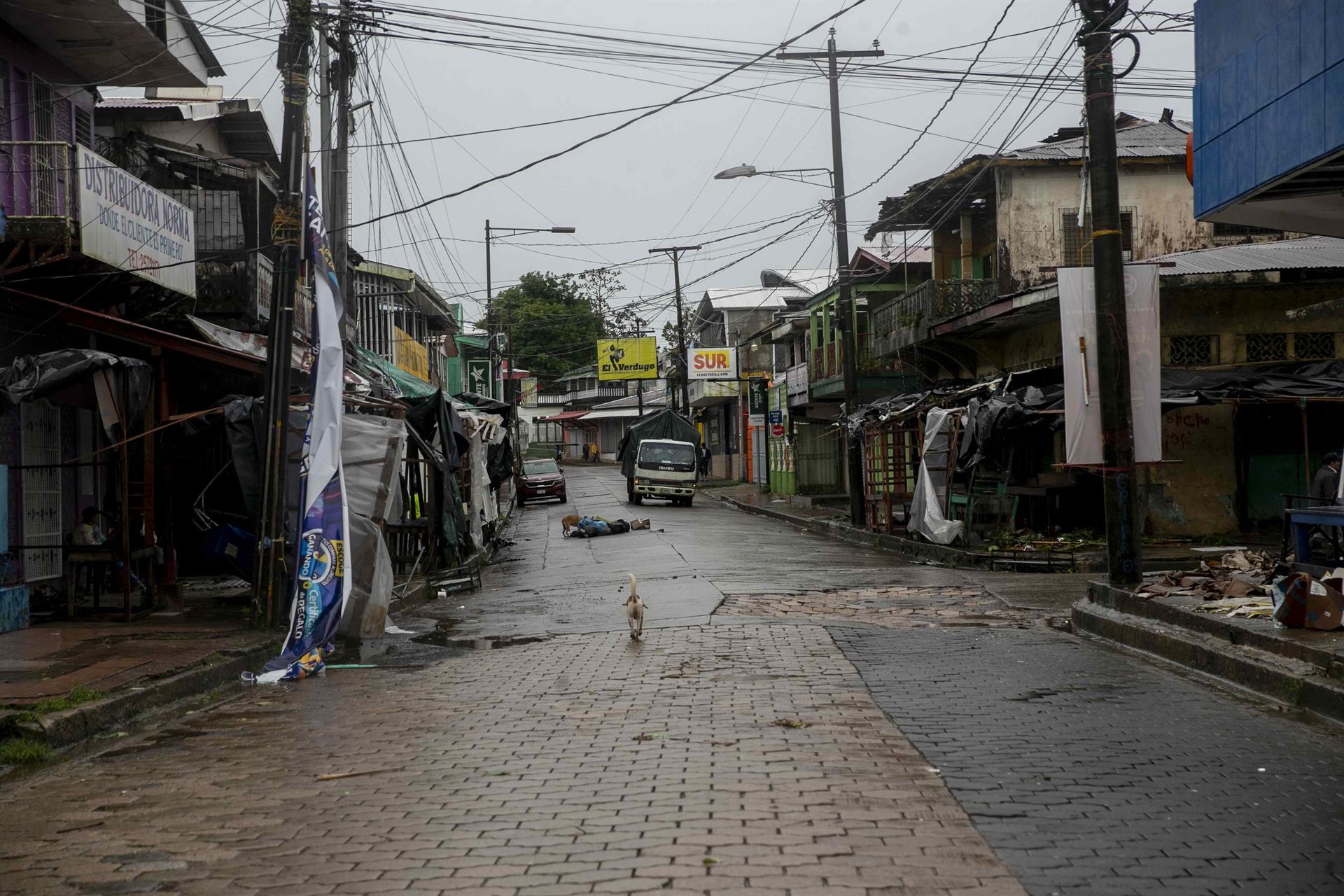The Government of Nicaragua, through the Nicaraguan Institute of Territorial Studies (Ineter), reported this Saturday that it is monitoring a low pressure phenomenon in the Caribbean Sea that could become a tropical depression in the coming days.
According to Ineter, the center of this low pressure system is located about 1,500 kilometers east of the Caribbean coast of Nicaragua and is moving west at a speed of 20 km/h.
“This phenomenon maintains a 70% chance of developing into a tropical depression in the next 5 days, as it moves over the center of the Caribbean Sea,” Ineter said in a statement.
The entity explained that the experimental trajectory models are predicting probabilities that it will advance in a northwesterly direction, approaching Jamaica in the coming days, with the possibility of later making a movement towards Central America.
In that eventual turn, it could be approaching Honduras and/or northeast Nicaragua between Tuesday or Wednesday of next week, he indicated.
Related news: Central America and part of the Caribbean must monitor a low pressure area
Ineter said that the NOAA National Hurricane Center has not yet defined an official path/intensity cone, and that in the meantime they will continue to closely monitor the evolution of this phenomenon and will be reporting any changes that occur.
The National Hurricane Center (NHC, in English) of the United States warned that Saturday of a large area of low pressure located in the north of Venezuela and over the Caribbean Sea could become a tropical depression in the coming days.
The cyclonic disturbance is moving slowly west or west-northwest over the central Caribbean Sea and is already producing a large area of disorganized showers and thunderstorms, the observatory detailed.
Environmental conditions are expected to be conducive to its development, with a 70% chance of formation in five days, although the tropical depression is likely to form early next week, it added.
The impact of hurricanes and tropical storms on the east coast of Nicaragua is common, since the Central American country has a coastline of more than 500 kilometers facing the Caribbean Sea, one of the most cyclonic areas in the world.
Related news: Costa Rica in national emergency due to intense rains and floods
The last one was Julia, which hit on October 9 with the force of a category 1 hurricane and later downgraded to a tropical storm, causing damage of 367.8 million dollars, according to authorities.
The cyclone impacted the Caribbean coast with hurricane force 1 on the Saffir-Simpson scale, and then crossed from east to west with tropical storm force.
During the passage of this meteorological phenomenon over Nicaragua, more than 20,000 people were evacuated, without reports of human damage, according to the authorities, although the Nicaraguan Army, local media and witnesses reported at least four victims in the context of Julia .


















